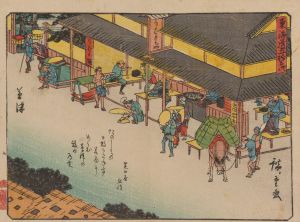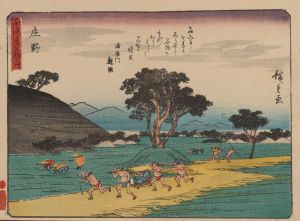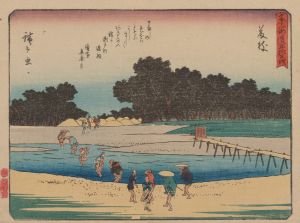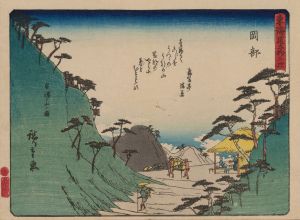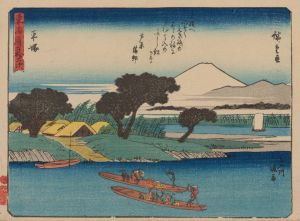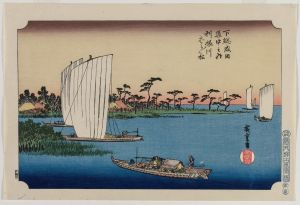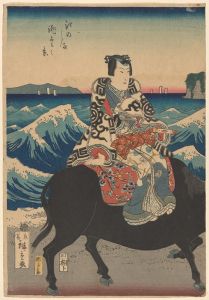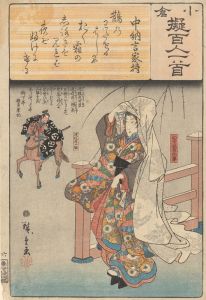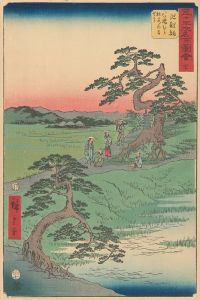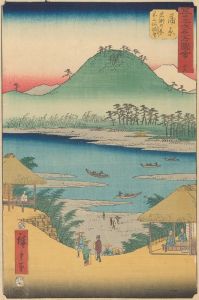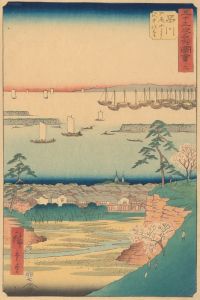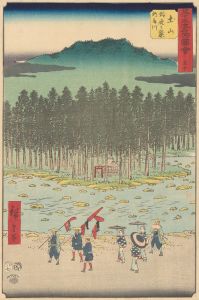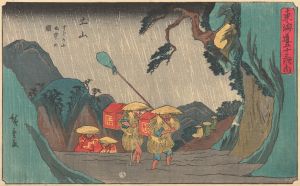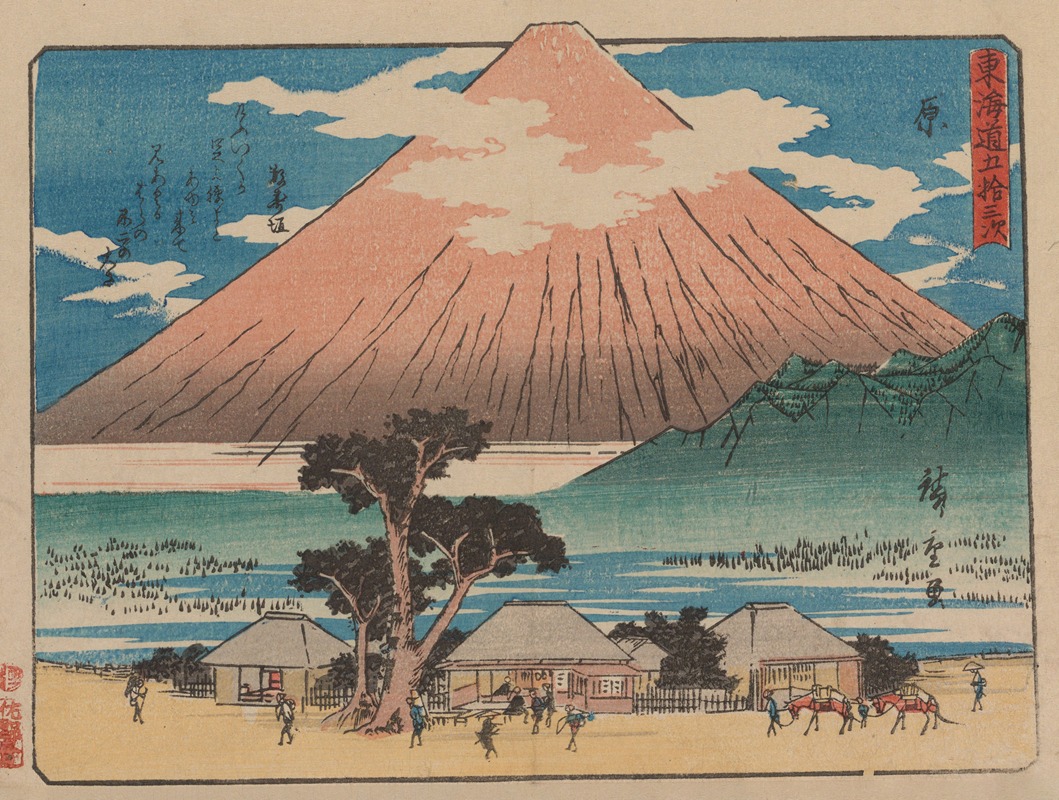
Tokaido gojusantsugi, Pl.14
A hand-painted replica of Andō Hiroshige’s masterpiece Tokaido gojusantsugi, Pl.14, meticulously crafted by professional artists to capture the true essence of the original. Each piece is created with museum-quality canvas and rare mineral pigments, carefully painted by experienced artists with delicate brushstrokes and rich, layered colors to perfectly recreate the texture of the original artwork. Unlike machine-printed reproductions, this hand-painted version brings the painting to life, infused with the artist’s emotions and skill in every stroke. Whether for personal collection or home decoration, it instantly elevates the artistic atmosphere of any space.
Tokaido gojusantsugi, Pl.14 by Andō Hiroshige
"Tokaido gojusantsugi, Pl.14" is a woodblock print created by the renowned Japanese ukiyo-e artist Andō Hiroshige (1797–1858). This artwork is part of Hiroshige's celebrated series titled The Fifty-Three Stations of the Tōkaidō (Tōkaidō Gojūsan-tsugi no Uchi), which was first published in 1833–1834. The series consists of 55 prints, including one for each of the 53 post stations along the Tōkaidō road, as well as prints for the starting point in Edo (modern-day Tokyo) and the endpoint in Kyoto.
The Tōkaidō road was one of the five major routes of the Edo period (1603–1868) and connected Edo, the seat of the Tokugawa shogunate, to Kyoto, the imperial capital. This route was heavily traveled by merchants, samurai, and pilgrims, and the post stations along the way provided lodging, food, and other services for travelers. Hiroshige's series captures the landscapes, daily life, and cultural atmosphere of these stations, offering a vivid depiction of travel and society during the Edo period.
Plate 14 in this series corresponds to the post station of Hara, located in present-day Numazu, Shizuoka Prefecture. This print is particularly famous for its depiction of Mount Fuji, which dominates the composition. Hiroshige's portrayal of Mount Fuji in this print is notable for its clarity and grandeur, with the mountain appearing snow-capped and serene. The foreground features travelers and local residents, providing a sense of scale and human activity. The juxtaposition of the majestic natural landscape with the everyday life of the Edo period is a hallmark of Hiroshige's work.
Hiroshige's use of color and perspective in this print exemplifies the artistic techniques of ukiyo-e. The gradation of colors, known as bokashi, is skillfully applied to create depth and atmosphere. The composition balances the vastness of Mount Fuji with the smaller, detailed figures in the foreground, drawing the viewer's eye across the scene.
The Fifty-Three Stations of the Tōkaidō series was highly popular during Hiroshige's lifetime and remains one of his most famous works. It played a significant role in shaping the perception of the Tōkaidō road and its surrounding landscapes, both in Japan and internationally. Hiroshige's ability to capture the beauty of nature and the nuances of human activity has made this series a cornerstone of Japanese art history.
Today, prints from the Fifty-Three Stations of the Tōkaidō series, including Plate 14, are held in museum collections and private collections worldwide. They continue to be studied and admired for their artistic and historical significance.





